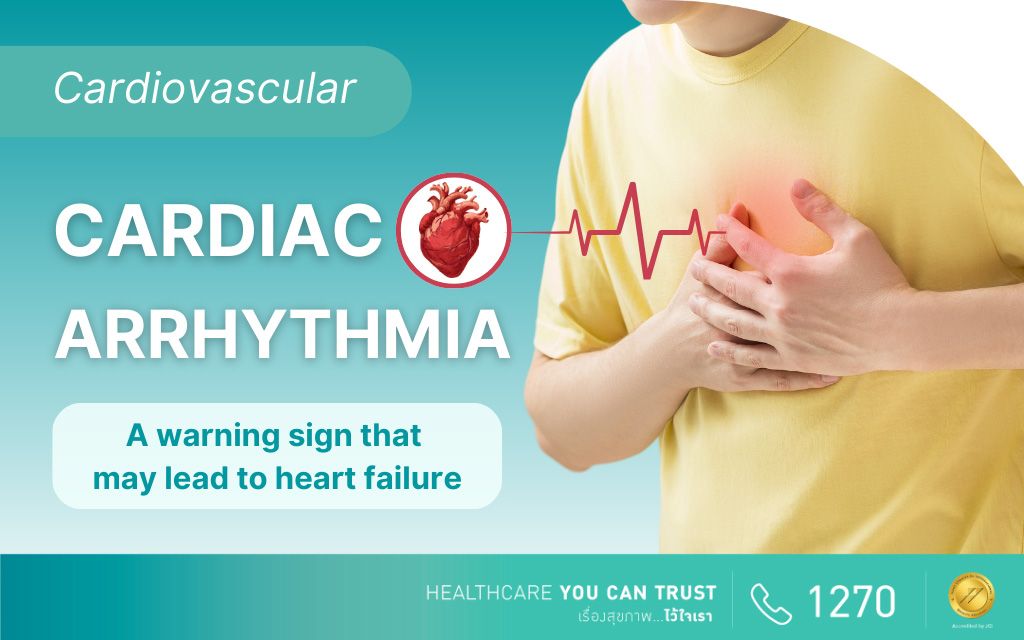Health Articles
Knowledge
5 most common cancers found in men

5 most common cancers found in men
Let’s us understand more about the cancers commonly found in men and becoming aware about these we can try to prevent or minimize the risk. As always, leading a healthy lifestyle does have a huge impact on your body and long-term benefits.
Prostate Cancer
Prostate cancer is cancer that occurs in the prostate (a small walnut-shaped gland in men that produces and transport sperm). In early stage of prostate cancer, symptoms might not be obvious at first but it can become noticeable as it advances into the latter stage. The symptoms include bloody urine, bone pain, leaking and or straining to pass urine. A method of checking for this type of cancer can be done through a blood test known as PSA test. It is recommended to consult with your doctor about screening if you are 50 years and above or even sooner if you have family members who had prostate cancer.
If the test result in a positive for the cancer, treatment can begin to try to stop the cancer from progressing any further and ultimately get rid of the cancerous cell. Treatment include surgery, therapy, chemotherapy and radiation but it also depends on your age and at what stage your cancer is discovered. Good new is the prognosis for prostate cancer is good, the survival rate 10 years after diagnosis is about 98%. Although the risk factors depend on your family history, age and race, you can still able to lower the chance for prostate cancer by not smoking and living a healthy lifestyle via food and exercise.
Lung Cancer
Lung cancer is a type of cancer affecting our lung (our breathing organ in our chest).
In some cases, you can develop lung cancer before there are noticeable signal to alert us of the cancer. The symptoms for lung cancer are related to our breathing as it affects the main organ of our respiratory system, include coughing up blood, noisy breathing, shortness of breath, cough, chest pain, change in sputum and hoarseness. If you experience these symptoms, you should consult with your doctor as soon as possible. The doctor will then be able to perform several tests to determine whether cancer is present or not. Screening test include CT scan, sampling sputum for cancer cells or examining the lung with fiberoptic telescope.
The treatment for lung cancer involves chemotherapy, radiation, surgery or a combination of treatments which vary from patients to patients depending on the stage of cancer and its location. The prognosis on lung cancer is 50% for 5-year survival rate, depending on the spread of cancer. The main cause of lung cancer is smoking and secondhand smoke. If you are currently a smoker, please consider stopping for your own health and everyone around you.
Colorectal Cancer
Colorectal cancer is a type of cancer found in the colon or rectum area. It is the third most common cancer in men. As most cancer, the symptoms might not show at the earlier stages but as the cancer progress, the sign will become more obvious. The symptoms of colorectal cancer include rectal bleeding, belly pain, changes to bowel routines, weight loss and feeling lack of strength. This type of cancer can be discovered through a screening test called colonoscopy. It is recommended that testing for colorectal cancer for begin for men aged 50 and above.
The treatment for colorectal cancer involves chemotherapy, radiation, surgery or a combination of treatments which vary from patients to patients depending on the stage of cancer and its location. The prognosis on this cancer is around 75% for 5-year survival rate if the cancer is discovered early. Reducing consuming of alcoholic drink and smoking can help lower the chances of cancer as well as leading a healthy lifestyle and exercising frequently.
Bladder Cancer
Bladder cancer is the type of cancer affecting the bladder (a muscular sac in the pelvis, just above and behind the pubic bone, which is where our body stores urine). You should be alert of bladder cancer if you have experienced the symptoms which include blood mixed with your urine, burning pain when relieving yourself or the need to go to the toilet is more frequent that usual. If you are concern about bladder cancer you can consult with your doctor. Although there is no screening test recommended for bladder cancer, the doctor can treat your according to the symptoms you have mentioned.
The most common treatment of bladder cancer is surgery but other method of treatment in addition to surgery are chemotherapy, radiation therapy and administering drugs straight into the bladder. The prognosis of bladder cancer depends on when the cancer is discovered. If the cancer is discovered early, there is a high chance of about 90% for 5-year survival rate You can reduce your own risk of bladder cancer by half from just not smoking. Also, the risk increases after the aged of 55 and/or with family history of bladder cancer.
Melanoma Skin Cancer
Melanoma skin cancer is a type of cancer that develops form the pigment-containing cells known as melanocytes. Melanoma usually develops in the skin but that are rare chances that it can occur in the mouth, intestines or eyes. The symptoms of melanoma skin cancer are quite noticeable, it includes any sores on the skin that do not heal properly or any new lump or mole that also changes in size, shape or color. This type of cancer can be self-checked. You should check in area of your scalp and the soles of your feet as well.
The treatment to melanoma skin cancer includes chemotherapy, radiation therapy and immunotherapy. The 5-year survival rate is above 90% if the cancer is discovered early. You can lower your chance of getting this cancer by avoiding sunburns and staying out in the open for too long. You can also protect your skin with sunscreen and other cosmetic solution. Individuals with light skin tone and have freckles are more susceptible to this cancer.
From this article, we hope you will have a better understanding of the most common type of cancer in men and learn about ways you can help yourself reduce the chance of these cancer to develop. You can consult with your doctor for more information and about when you should take any of these cancer screen test.
More Information: Cancer Center














